Filter by
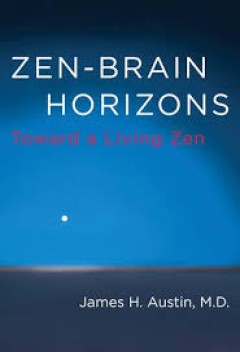
Zen-Brain Horizons: Toward a Living Zen
A neurologist and Zen practitioner clarifies the benefits of meditative training, drawing on classical Buddhist literature and modern brain research."In Zen-Brain Horizons, James Austin draws on his decades of experience as a neurologist and Zen practitioner to clarify the benefits of meditative training. Austin integrates classical Buddhist literature with modern brain research, exploring the …
- Edition
- -
- ISBN/ISSN
- 9780262321150
- Collation
- 1 online resource (xxi, 273 pages) :color illustrations
- Series Title
- -
- Call Number
- -
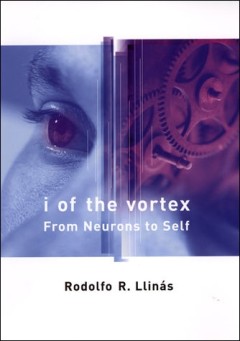
I of the vortex : from neurons to self
"A Bradford book."In I of the Vortex, Rodolfo Llinas, a founding father of modern brain science, presents an original view of the evolution and nature of mind. According to Llinas, the 'mindness state' evolved to allow predictive interactions between mobile creatures and their environment. He illustrates the early evolution of mind through a primitive animal called the 'sea squirt.' The mobile …
- Edition
- 1st ed.
- ISBN/ISSN
- 9780262278454
- Collation
- 1 online resource (x, 302 pages) : illustrations
- Series Title
- -
- Call Number
- 100 LLI i
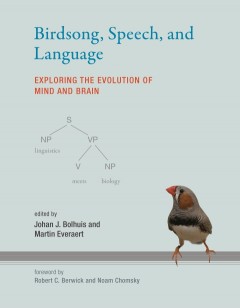
Birdsong, Speech, and Language: Exploring the Evolution of Mind and Brain
Scholars have long been captivated by the parallels between birdsong and human speech and language. In this book, leading scholars draw on the latest research to explore what birdsong can tell us about the biology of human speech and language and the consequences for evolutionary biology. After outlining the basic issues involved in the study of both language and evolution, the contributors com…
- Edition
- -
- ISBN/ISSN
- -
- Collation
- -
- Series Title
- -
- Call Number
- -

Natural minds
"A Bradford book."In Natural Minds Thomas Polger advocates, and defends, the philosophical theory that mind equals brain--that sensations are brain processes--and in doing so brings the mind-brain identity theory back into the philosophical debate about consciousness. The version of identity theory that Polger advocates holds that conscious processes, events, states, or properties are type- ide…
- Edition
- -
- ISBN/ISSN
- 9780262281737
- Collation
- 1 online resource (xxvii, 294 pages) :illustrations
- Series Title
- -
- Call Number
- -

Handling digital brains :a laboratory study of multimodal semiotic interactio…
This title is an analysis of how fMRI researchers actively involve their bodies - with hand movements in particular - in laboratory practice.OCLC-licensed vendor bibliographic record.
- Edition
- -
- ISBN/ISSN
- 9780262295475
- Collation
- 1 online resource (xii, 199 pages) :illustrations (some color).
- Series Title
- -
- Call Number
- -

Visual population codes: Toward a common multivariate framework for cell reco…
Vision is a massively parallel computational process, in which the retinal image is transformed over a sequence of stages so as to emphasize behaviorally relevant information (such as object category and identity) and deemphasize other information (such as viewpoint and lighting). The processes behind vision operate by concurrent computation and message passing among neurons within a visual are…
- Edition
- -
- ISBN/ISSN
- 9780262303576
- Collation
- 1 online resource.
- Series Title
- -
- Call Number
- -
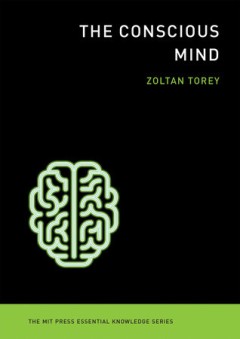
The conscious mind
An account of the emergence of the mind: how the brain acquired self-awareness, functional autonomy, the ability to think, and the power of speech."How did the human mind emerge from the collection of neurons that makes up the brain? How did the brain acquire self-awareness, functional autonomy, language, and the ability to think, to understand itself and the world? In this volume in the Essent…
- Edition
- -
- ISBN/ISSN
- 9780262319300
- Collation
- 1 online resource (xii, 191 pages).
- Series Title
- -
- Call Number
- -

Toward Replacement Parts for the Brain: Implantable Biomimetic Electronics as…
A Bradford book.""This book has its origins in a meeting, entitled "Toward replacement parts for the brain: intracranial implantations of hardward models of neural circuitry" that took place in Washington, D.C. in August 1989"--Preface.The continuing development of implantable neural prostheses signals a new era in bioengineering and neuroscience research. This collection of essays outlines cur…
- Edition
- -
- ISBN/ISSN
- 9780262268226
- Collation
- 1 online resource (ix, 405 pages) :illustrations
- Series Title
- -
- Call Number
- -
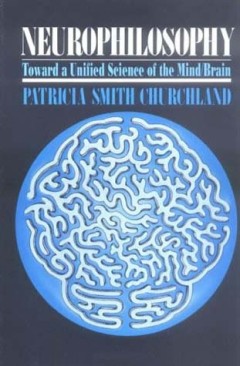
Neurophilosophy :toward a unified science of the mind-brain.
Five chapters in the book's first part, "Some Elementary Neuroscience," sketch the history of the science of nervous systems and provide a general introduction to neurophysiology, neuroanatomy, and neuropsychology. In the second part, "Recent Developments in the Philosophy of Science," chapters place the mind-body problem within the wider context of the philosophy of science. Drawing on recent …
- Edition
- -
- ISBN/ISSN
- 9780262315944
- Collation
- 1 online resource.
- Series Title
- -
- Call Number
- -

Transcranial Magnetic Stimulation: A Neurochronometrics of Mind
The mainstays of brain imaging techniques have been positron emission tomography (PET), functional magnetic resonance imaging (fMRI), magnetoencephalography (MEG), and event-related potentials (ERPs). These methods all record direct or indirect measures of brain activity and correlate the activity patterns with behavior. But to go beyond the correlations established by these techniques and prov…
- Edition
- -
- ISBN/ISSN
- 9780262285735
- Collation
- 1 online resource (xx, 297 pages) :illustrations.
- Series Title
- -
- Call Number
- -
 Computer Science, Information & General Works
Computer Science, Information & General Works  Philosophy & Psychology
Philosophy & Psychology  Religion
Religion  Social Sciences
Social Sciences  Language
Language  Pure Science
Pure Science  Applied Sciences
Applied Sciences  Art & Recreation
Art & Recreation  Literature
Literature  History & Geography
History & Geography